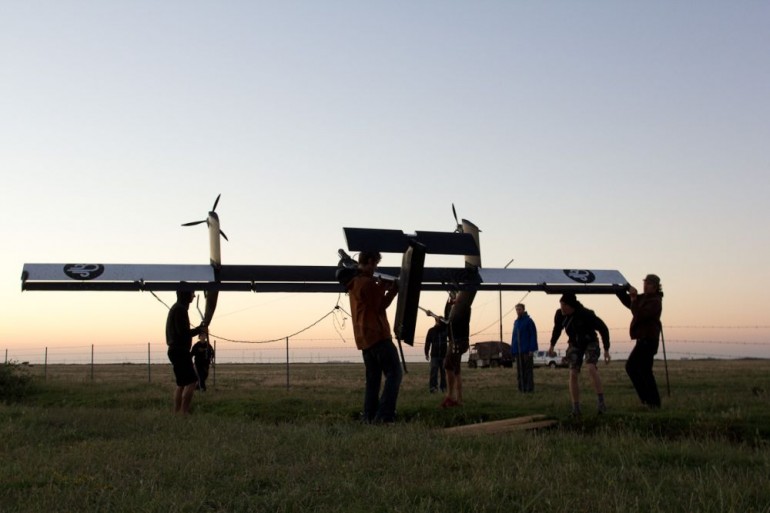Wind energy may be clean, green and renewable, but she’s an erratic power mistress. The problem, it seems, is elementary physics: there’s more friction closer to the ground, so wind is slower and less consistent than it is way up the atmosphere. Enter airborne wind energy, which seeks to take advantage of high-altitude winds to generate usable power on land.
Having been around since this 19th century, the idea isn’t new. But exploiting it on a large scale is. California’s Makani Power, one of five “gold members” of the Airborne Wind Energy Consortium, is looking to push airborne wind technology into the realm of the possible.
Makani’s kite-like Wing 7 prototype, which took its inaugural flight last summer, flies about 1,300 feet in the air, harvesting the energy of high-speed winds on high. It’s tethered to the ground and flies autonomously in large arcing circles.
The Wing 7 offers a promising example for a power technology that faces plenty of challenges, not least of which are nasty, high-altitude storms. Financing for the project comes courtesy of $3 million in funding from the Advanced Research Projects Agency-Energy, and several million from Google’s investment arm. The prototype’s potential has also been recognized by Popular Mechanics, which handed Makani a Breakthrough Award for the innovation.
